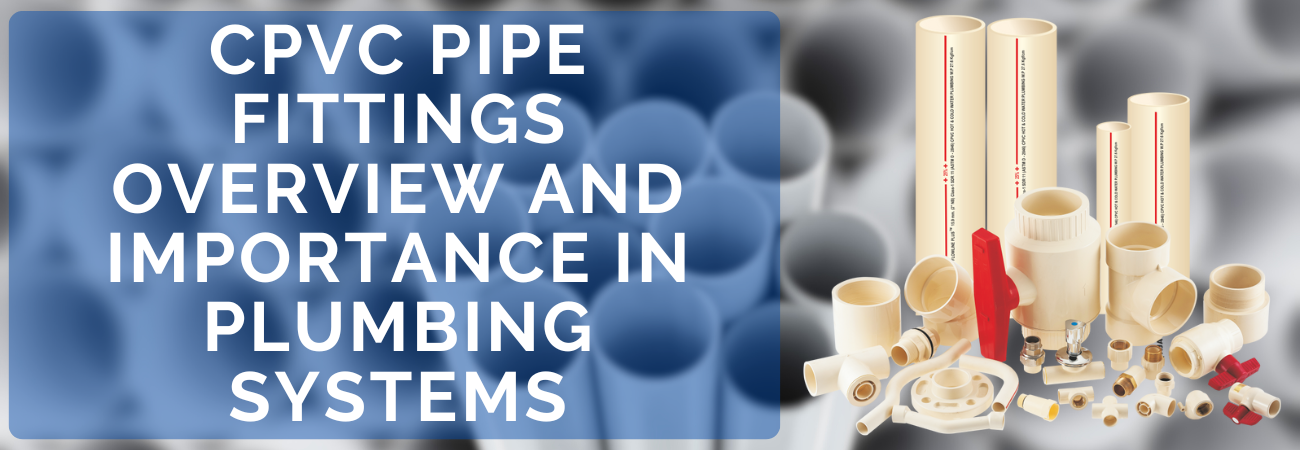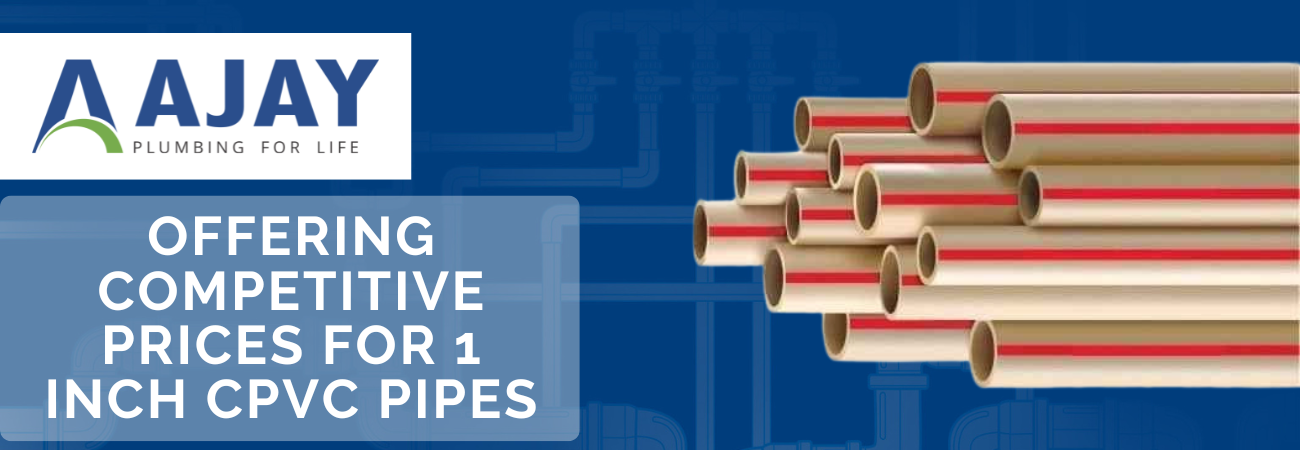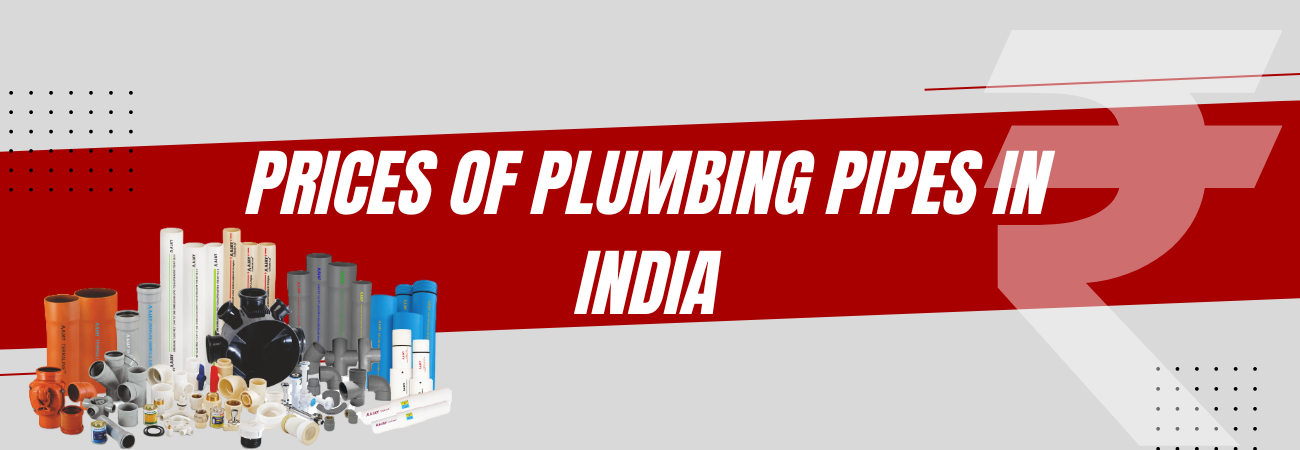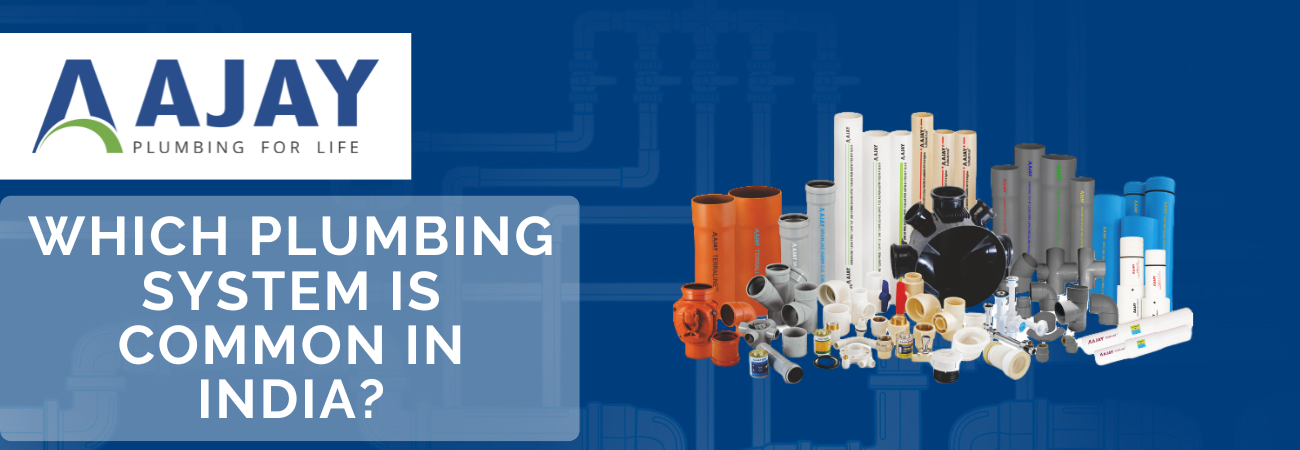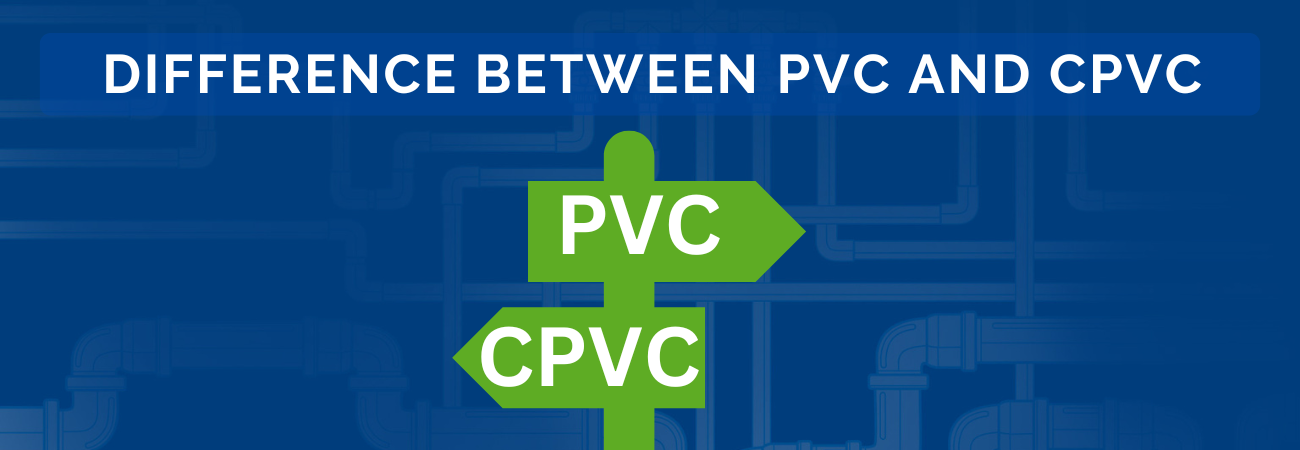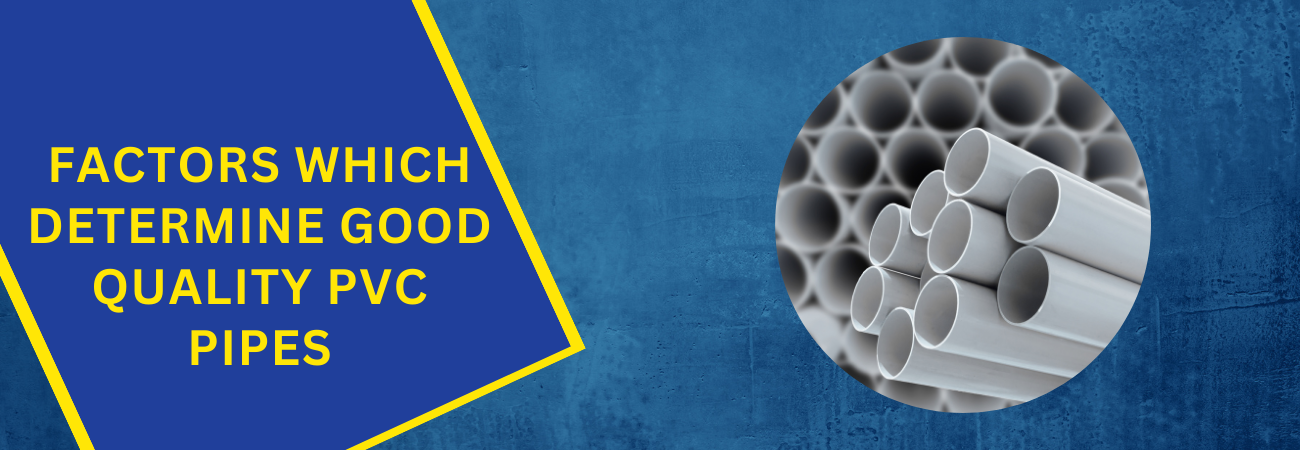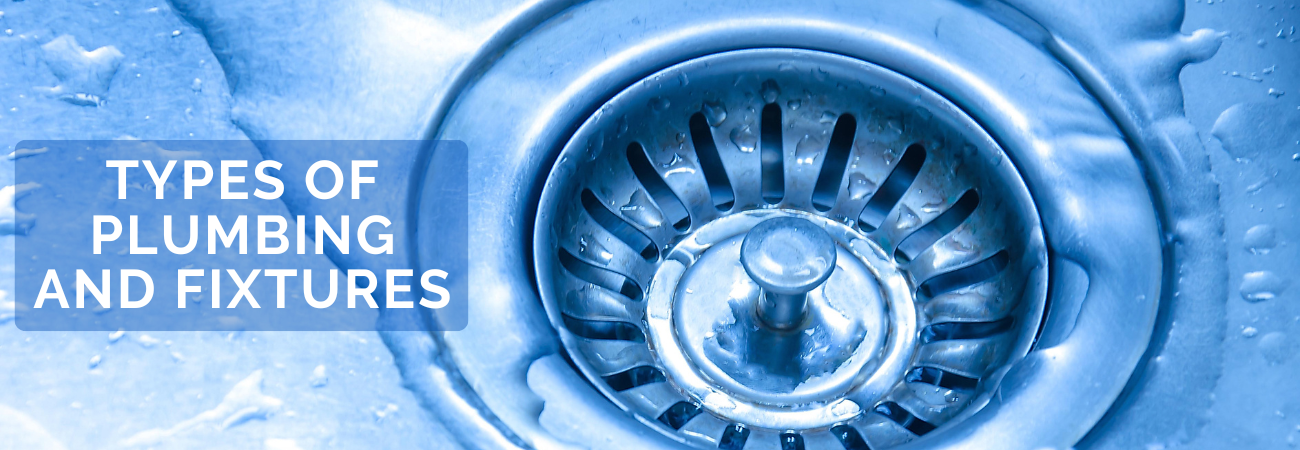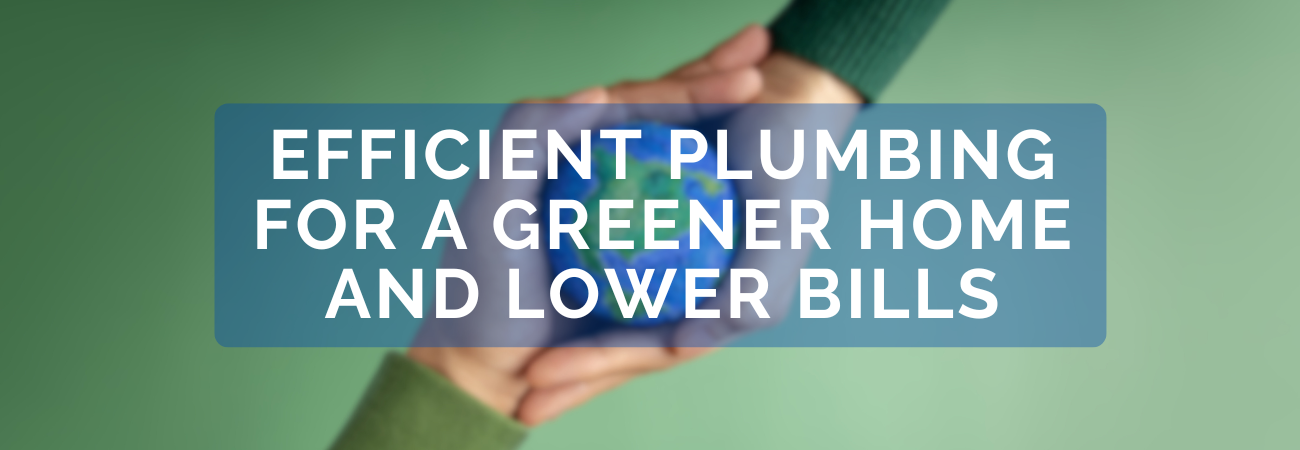1. Lack of vents and traps
All drain fixtures must have appropriate vent. It is easy to combine vents for multiple fixtures but one should follow the requirements of the Indian Plumbing Code. Every trap should have a vent. You do not want water to be siphoned out (which leaves the trap dry and useless).
Traps with proper water-seal as prescribed by the Indian plumbing code only should be used.
2. Too much or too little slope
Too much slope will not make things easier. Liquids move faster than solids at a slope, leaving the opportunity for solids to be left behind (causing major disruptions in the future).
The ideal slope is about 1°. The drain line should be a full size pipe with a slope to the drain without any valves between the drain and the outlet. The flow path should be smooth and it is always recommended to use a male to female type of pipe fittings combination.
3. Improper amount of fixtures per plumbing vent
Having improper number of fixtures connected to one plumbing vent may cause siphonage problems causing blow outs. One common error is when more fixtures units are connected to a small vent pipe.
4. Wrong location or wrong amount of cleanouts
It is very common that cleanouts (Rodding Eye or Cleaning Doors) are being placed in a location that is not the best for them. It is extremely important to have the required clearance before servicing a line when it gets clogged. You should consider cleanouts on convenient to reach locations depending on how the line was designed. This will facilitate servicing the line. Cleanouts are usually “required at the base of each sanitary stack.
5. Tight space around toilets
This will cause discomfort to users and issues with servicing. The toilet/WC must be at least 15 inches from the side wall and at least 18 inches from the wall in front of the equipment.
6. Location of pressure relief valves
Pressure release valves must be adequately provided especially in case of high rise buildings to protect internal devices from damages and inconvenience to users due to high pressure. Further these must also be placed where they can be easily reached and serviced.
7. Connecting dissimilar pipes
These mistakes can sometimes lead to some serious problems. A galvanized metal pipe should never be connected to a copper pipe (these metals do not interact very well together, and as a result corrode very quickly when they are together).
Try using some type of brass, or another type of fitting that is suitable to connect to a galvanized metal pipe. Similarly take precautions while connecting plastic pipes with galvanised iron pipes. Use threaded connection preferably with metal inserts.
8. Cracked & loose pipes
Cracks in the drain pipes and waste pipes leads to seepage of dirty water and sewer gases in to your bathroom. This seepage causes foul smell in your bathroom. Cracks in water pipes will lead to leakages and seepage in your walls and floors.
9. Dirty bathroom
One very basis reason of foul smell is your bathroom is a dirty bathroom. If you do not clean and sanitize your bathroom regularly , then germs and bacteria grow in your bathroom. This bacterial growth on the toilet seat, wash basin, dirty floor produces bad smell. Clean your bathroom regularly and keep it fresh and germ free.
10. Wrong location of air-release valves
Air release valves must be placed where ever there is possibility of air entrapment. Avoidance or wrong location can result in catastrophic failure of pipes and severe damage to the building.
11. Wrong solvent cement
Different piping systems require different solvent cements for jointing. Wrong cements will cause improper jointing which will eventually open up and leak. Proper solvent cement must be selected based on the pipe type and application.
12. Criss-cross piping inside bathrooms
While installation of bathroom accessories, it is common issue that while drilling holes, pipes get damaged which leak and require breaking of the wall to repair. It is essential that pipes are laid out square and at levels where usually other kinds of installation work is not required once plumbing is done.
13. Inaccessible location of valves
Wrong location of a valve renders it completely useless at the time when it is most required. Valves must be placed at easily accessible areas.
14. No expansion-contraction provisions
All pipes expand and contract with temperature. If adequate precautions are not taken, either the whole pipeline will snake and put unusual amounts of stress on the joints.
15. No gap between pipes in stacks
A common mistake which results in servicing issues whenever a problem occurs. Adequate space must be provided so that in case repairs are required, all pipes are easily accessible and workable.
16. Not paining or protecting exposed piping
Depending upon material, most exposed piping will become brittle with time and break easily with slightest of impacts. Some materials would even lose their physical properties and fail. It is recommended that all exposed piping be painted with compatible paints for protection against UV.
17. Improper clamping of pipes and pipe supports
Improper clamping and support of pipe shall also lead to pipes sagging causing stress on the joints which may fail with time.
For more information or visit by our Plumbing Solution Executive, call us on 1800 114 050 or mail us on info@ajaypipes.com
For any queries, contact the plumbing experts at Ajay pipes on the Toll Free No. : 1800-11-4050 or via email at our email address info@ajaypipes.com




